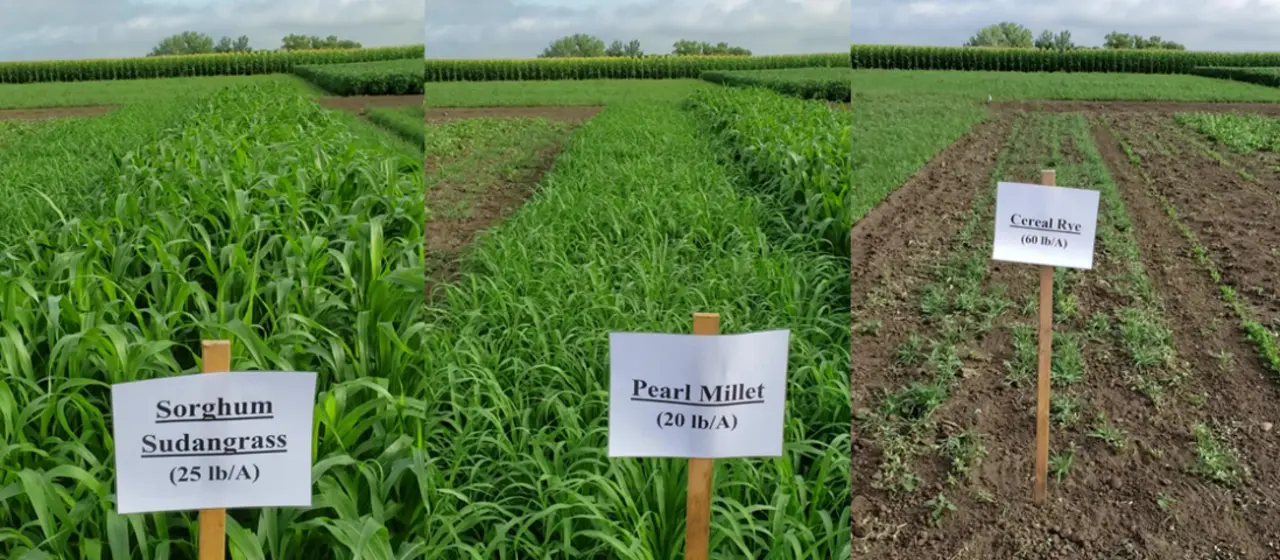Introduction to Cultivation and Agriculture
As a blogger, I often come across terms that seem interchangeable but actually have distinct differences. In this article, we'll dive into the world of cultivation and agriculture, exploring the main differences between the two. By understanding these differences, we can have a better grasp of the factors that contribute to the success and sustainability of our food production systems. So, let's get started and uncover the main difference between cultivation and agriculture!
Understanding the Basics of Cultivation
Cultivation is a process that involves the act of preparing land for growing crops, also known as tilling. This practice typically includes activities such as plowing, harrowing, and breaking up soil to create a suitable environment for plants to grow. Cultivation can be done either manually or through the use of machinery, depending on the size of the area being cultivated and the resources available to the farmer.
One of the primary goals of cultivation is to create an environment that supports healthy plant growth, which includes providing adequate nutrients, water, and air circulation. Cultivation also helps to control weeds and pests, as the process of turning over the soil can disrupt their life cycles and reduce their populations. In essence, cultivation is an essential step in the process of growing crops and is crucial for successful agricultural production.
Defining Agriculture: A Broader Concept
Agriculture, on the other hand, is a broader term that encompasses all aspects of crop production, animal husbandry, and the management of natural resources. In other words, agriculture is the science and practice of producing food, fiber, and other products by cultivating plants and raising animals. This includes activities such as planting, harvesting, marketing, and distributing crops, as well as breeding, raising, and caring for livestock.
Agriculture is a complex and multifaceted industry that involves various practices, techniques, and technologies to maximize productivity and sustainability. It also includes the management of resources such as soil, water, and biodiversity, which are critical for ensuring the long-term viability of our food systems. In short, agriculture goes beyond the mere act of cultivation and includes all aspects of managing and utilizing the resources needed to support human life and economic development.
The Main Difference Between Cultivation and Agriculture
Now that we have a basic understanding of the two concepts, let's delve into the main difference between cultivation and agriculture. The primary distinction lies in the scope of the activities involved. Cultivation is a specific activity related to preparing the land for growing crops, while agriculture is a broader term that covers all aspects of crop production, livestock management, and resource management.
Think of cultivation as one of the many components that make up agriculture. Cultivation is an essential practice within agriculture, but it is not the only one. Agriculture also involves other practices such as irrigation, fertilization, pest control, and harvesting, as well as the management of natural resources and livestock. In summary, cultivation is a part of agriculture, but agriculture is a much larger and more comprehensive concept.
Why Understanding the Difference Matters
Understanding the difference between cultivation and agriculture is important because it helps us better appreciate the complexity and interconnectedness of our food systems. By recognizing that agriculture is more than just the act of growing crops, we can begin to see the bigger picture and understand the various factors that contribute to the success and sustainability of our agricultural practices.
Additionally, being able to differentiate between the two terms can improve our ability to communicate and collaborate with others in the agricultural sector. For example, when discussing issues related to land management, resource conservation, or food production, it is important to use the appropriate terminology to ensure that everyone is on the same page.
Challenges and Opportunities in Cultivation
As a component of agriculture, cultivation faces various challenges such as soil degradation, climate change, and the increasing demand for food. These challenges require innovative solutions to ensure the long-term viability of our food systems. By adopting sustainable cultivation practices, such as no-till farming, organic farming, and agroforestry, we can help improve soil health, reduce erosion, and increase the resilience of our crops to pests and diseases.
Moreover, the use of modern technologies, such as precision agriculture and genetically modified crops, can also help improve the efficiency and productivity of cultivation practices. By embracing these innovations, we can work towards creating a more sustainable and resilient food system that can support our growing global population.
Challenges and Opportunities in Agriculture
Similar to cultivation, agriculture faces numerous challenges, including climate change, resource depletion, and an increasing global population. To address these issues, we must strive to develop innovative technologies and practices that promote sustainable agricultural systems. This includes adopting practices such as regenerative agriculture, integrated pest management, and agroecology, which focus on enhancing the health of our ecosystems while also improving productivity and profitability.
Furthermore, we must also work towards creating a more equitable food system by addressing issues such as food waste, food access, and the fair distribution of resources. By working together, we can create a more sustainable, resilient, and inclusive agricultural system that can support our planet and its inhabitants for generations to come.
Conclusion: Embracing the Complexity of Our Food Systems
In conclusion, while cultivation and agriculture may seem like interchangeable terms at first glance, they have distinct differences that are important to understand. Recognizing the main difference between cultivation and agriculture allows us to better appreciate the complexity of our food systems and the various factors that contribute to their success and sustainability. By embracing this complexity, we can work together to create innovative solutions and practices that support the long-term health of our planet and its resources.
